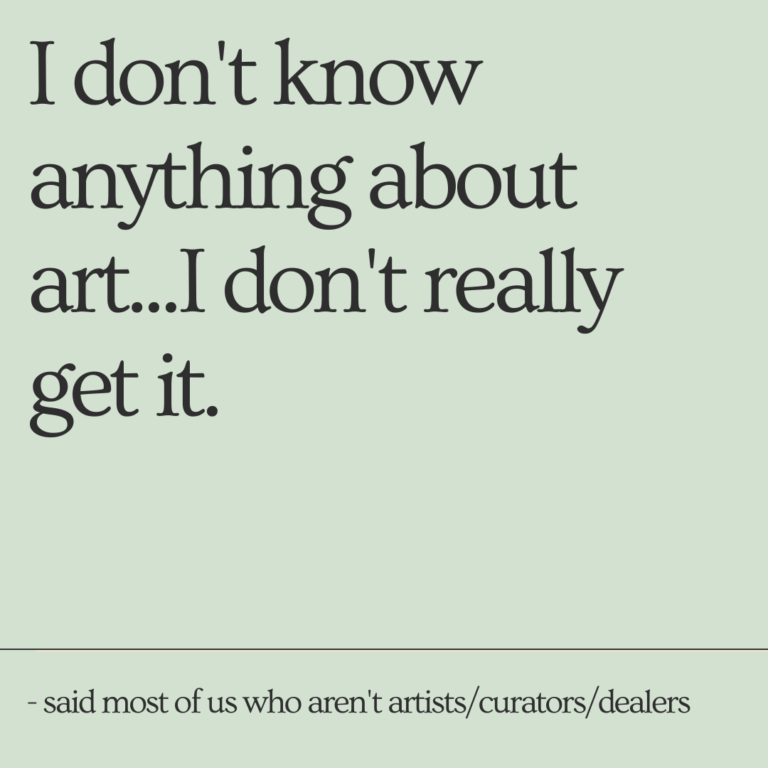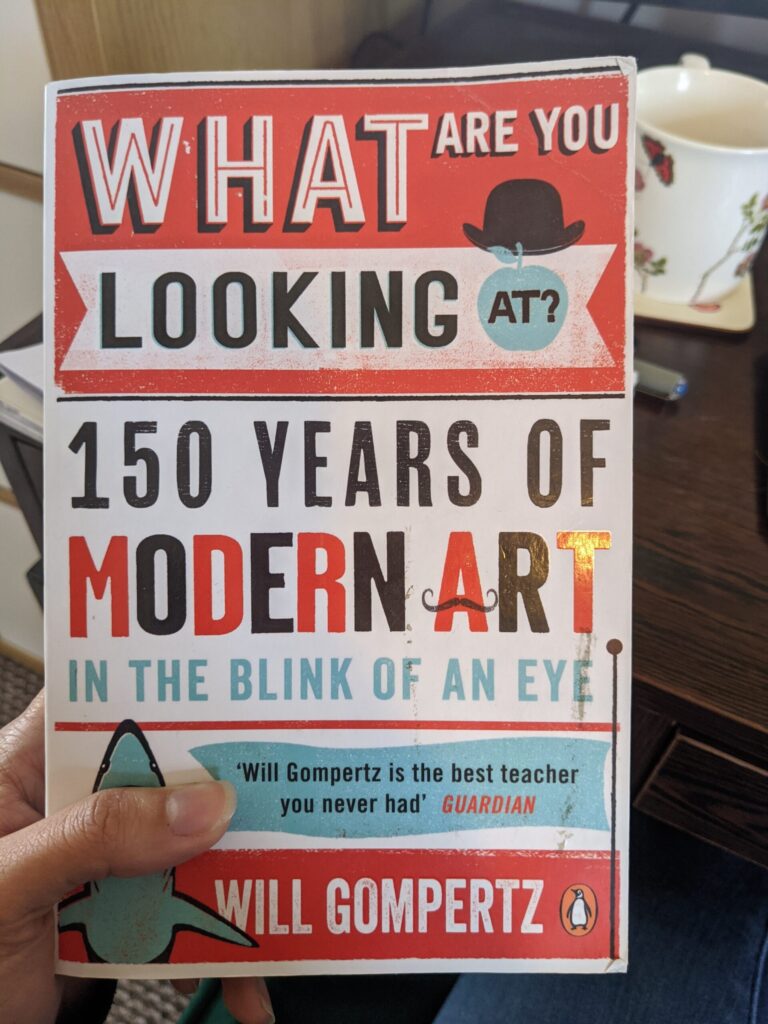Collecting with Heart
Collecting with Heart
An interview with Alyn Johnson on building an art collection..

We first connected with Alyn on Instagram while he was sourcing paintings for his countryside home in Wales. He discovered our collection online and, over time, has acquired several pieces from us.
As we worked with Alyn to recommend artwork, it quickly became clear that he had a distinct and refined style. The collection he was building felt incredibly cohesive, with clear threads linking each piece — from the expressive brushwork to the carefully considered framing.
We thought it would be wonderful to hear Alyn’s perspective on choosing art for the home, and to share his insights on building a collection that truly feels personal and meaningful.
We hope you find it as heartfelt as we did! Let’s dive into our first question — and hear what Alyn had to say.
Can you tell us how you first became interested in collecting art?
I’ve always enjoyed interior design and making a space feel like “my own”.
I used to spend a lot of money on mass-produced pieces, mostly because I didn’t really know where to start with original art. It felt intimidating at first.
My partner eventually told me to stop wasting my time with the generic stuff and encouraged me to have the confidence to source and enjoy original pieces for our new home. I’ve never looked back since.
All the pieces we have now are original—whether they’re new, vintage, or thrifted. They’ve added so much more character to our 1837 Welsh countryside cottage. It feels lived-in, layered, and personal.

Did you grow up with art on the walls when you were younger?
I’ve always loved art in all forms. I’m a trained Latin and ballroom dancer with a huge passion for the theatre, so I think that early exposure to creative expression really influenced how I see and feel things. While we didn’t necessarily have fine art on the walls growing up in the Welsh Valleys, I was constantly surrounded by movement, performance, colour, and costume—all of which sparked that early love for aesthetics and storytelling.

Do you work with galleries, art advisors, or rely on your own intuition?
It’s definitely a mix. I know the colours and styles I enjoy—like Swedish mid-century pieces with their calm palettes and striking simplicity—but I’ll often chat with gallery owners or art advisors too.
I’ll ask things like, “Do you think these pieces would complement each other?” or “I have something like this in mind for a particular wall—what would you suggest?” I like getting their perspective, but I always come back to my gut feeling in the end.
And of course, there’s my partner, who prefers more traditional pieces while I gravitate toward the modern and abstract—so it often turns into a collaborative process (and the occasional compromise).
Do you focus on a specific style / subject/ genre when choosing the art?
For the cottage, I wanted colours that complement the warm woods of the beams, and I often like to reflect the colours of the surrounding landscape—so there’s a lot of earthy tones, greens, and blues.
I have a mix of landscapes, still lifes, figurative works, and nudes. I like that diversity—it keeps the collection interesting and layered.
As I’ve mentioned, I’m drawn to Swedish mid-century art; there’s something about the minimal lines, moody tones, and thoughtful composition that pairs beautifully with the rustic charm of our home.
For a while, I got quite carried away with farm and horse-themed artwork (since our field has about 27 horses grazing most evenings), but my partner had to gently rein me in—he was worried it was becoming a bit too on theme.
A well-placed horse here and there, but not every wall!
How do you decide where to hang or place a new piece in your home?
The maximalist in me wants to cover every inch of the house with art—but because we’re still in the early stages of curating the space, I’m trying to be mindful and intentional.
I want the eye to have something interesting to land on in every room without it feeling too chaotic.
I love clusters—usually groups of three—and those become little pockets of visual interest.
That said, we do have some standout individual pieces under picture lights that command attention on their own.
The main pieces above the sofa in our main living room is a real focal point and always starts conversations.

Do you curate your spaces with a specific mood, theme, or story in mind?
Yes, I do tend to think about the mood I want each room to have.
The kitchen and living room are warmer and more communal, so the colours and textures are richer—lots of wood, earthy tones, and softer lines.
In the bedroom, I go for a bit more calm and introspective—blues, delicate lines, and pieces that feel serene.
I don’t have a strict theme, but I want each space to feel cohesive and tell part of a bigger story about who we are and what we love. Pieces from the Swedish mid-century era often help anchor that mood—they have a timeless stillness that works beautifully in slower, more thoughtful corners of the home.
Are there any challenges you face when integrating new pieces in your space?
Absolutely. Sometimes I’ve fallen in love with a piece, but then got it home and it just doesn’t sit right in the space—it either clashes with the palette or just doesn’t vibe with the other works around it.
Or there’s the occasional “disagreement” with my partner when our tastes really diverge!
It’s also easy to want to buy more than you have space for, so I’ve had to learn to be patient and not rush the process. Especially with bold mid-century pieces, they need a bit of breathing room to really shine.

What does living with art mean to you personally?
For me, living with art means surrounding yourself with pieces that stir something inside you—whether that’s peace, nostalgia, curiosity, or joy.
It makes a home feel lived in and loved. It’s a way to express your identity without saying a word.
Every piece in our home has a story, whether it’s where we found it, what we were going through at the time, or how we negotiated which wall it would end up on!
What advice would you give to someone who’s just starting to collect art?
Don’t worry about following trends or getting it “right”. Buy what you love.
Start small—look in vintage shops, local antique markets, Instagram and online platforms that support emerging artists.
And don’t feel like you need to fill every wall straight away. Let your collection grow with you. It should reflect your journey, not just your taste. And if you find yourself drawn to a particular style—like I did with Swedish mid-century—don’t be afraid to lean into it and let it guide your aesthetic.
Do you have any practical advice for how to make artworks stand out in the home?
Lighting makes a huge difference—I find that picture lights or even simple directional lamps can completely change how a piece is experienced.
I also think scale and placement matter—don’t be afraid to go big, and don’t always centre everything at eye level.
Groupings of smaller pieces can be just as impactful as one large one. I try to give each piece a bit of breathing room so it can shine in its own right, even in a maximalist setup. Swedish mid-century works, for instance, often do best when they have a little space to breathe— I find they reward slower looking.
A little bit about Alyn..

Alyn lives with his partner, Rhys, and their absurdly handsome Welsh Springer Spaniel, Henry, in a slightly wonky but charming 1837 cottage nestled in the Vale of Glamorgan, in the peaceful Welsh countryside. By day, Alyn juggles customers, staff, and strategy as a Customer Operations Director at a fast-paced company. By night—and on weekends—he swaps work for birdsong, muddy boots, and his ever-evolving house project.

Henry, meanwhile, is the true star of the household: Crufts-qualified, a regular on the dog show circuit, and fully aware of it.
Together, they embrace the slower pace of rural life, where the Wi-Fi is questionable, but the views are unbeatable
-End-
On a Separate Note
Would you like to contribute to our weekly Art Advisor?
If you are an interior designer / art collector / artist/ art enthusiast and you have practical (non ‘art-jargony’) ways of helping all of us with collecting, looking after, displaying, or appreciating art, please feel free to get in touch with me about your idea(s).
We have a readership of over 2000 so it might be a good way to get your name or brand out there!









